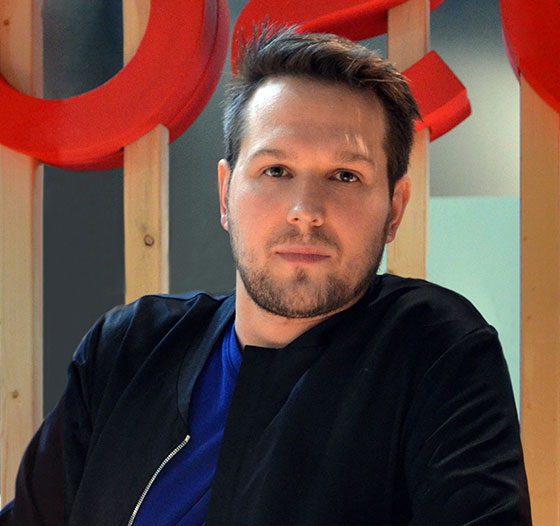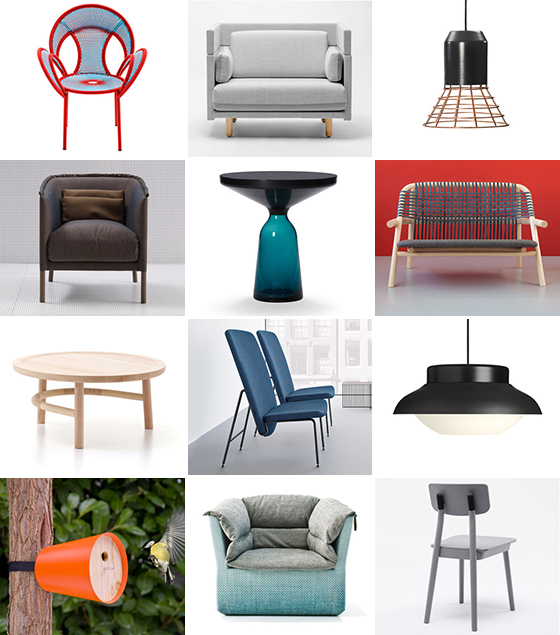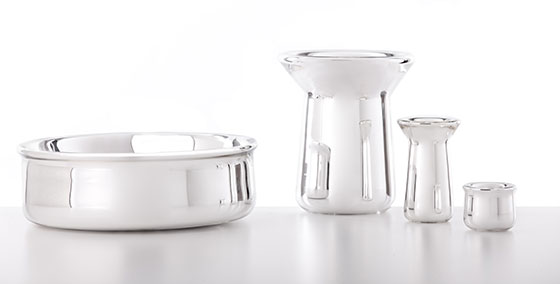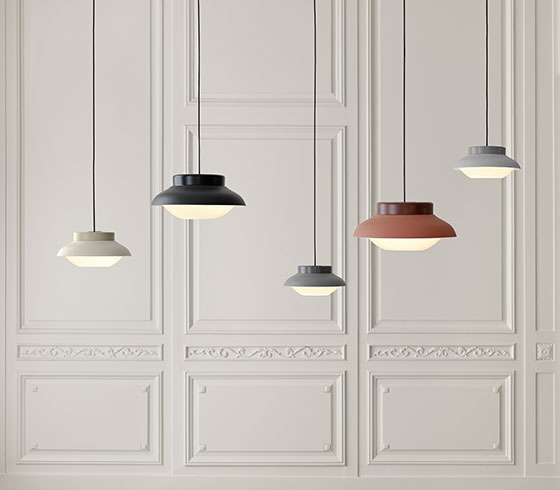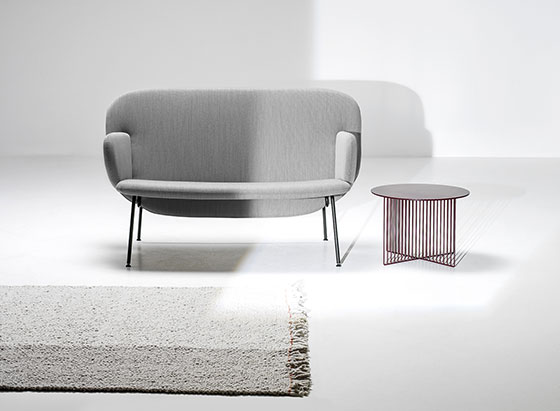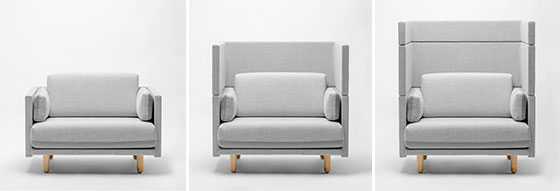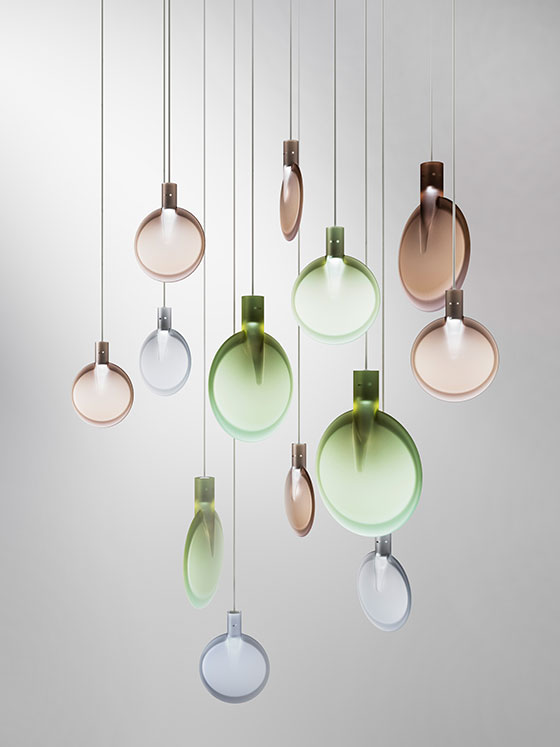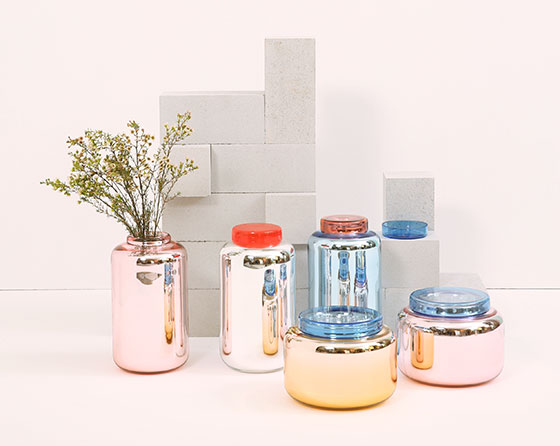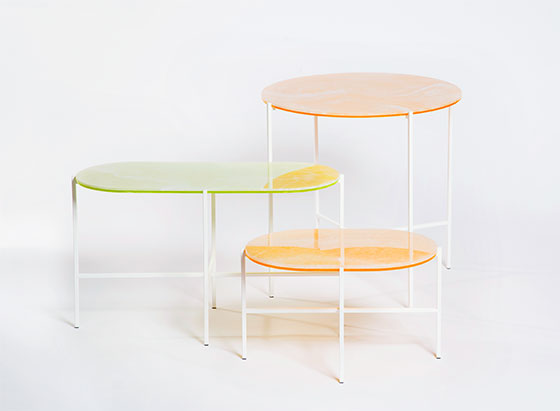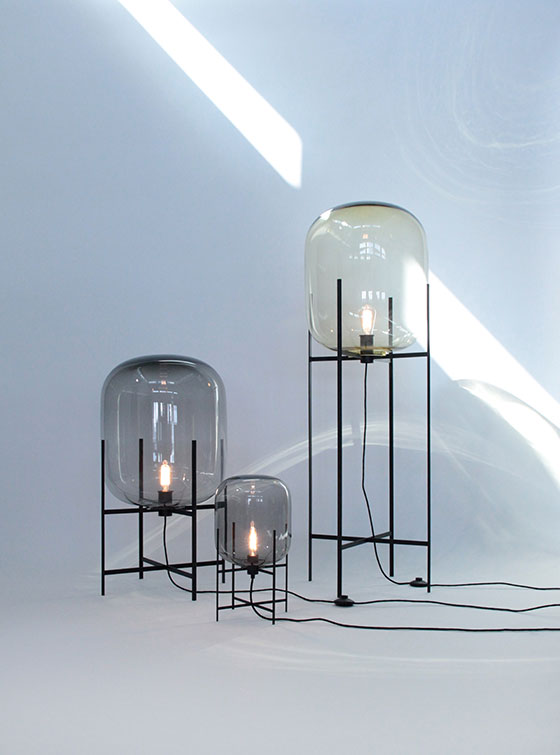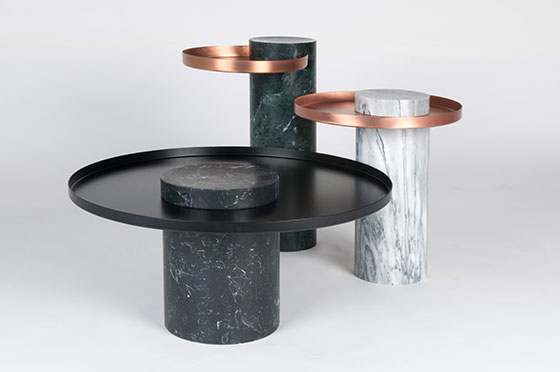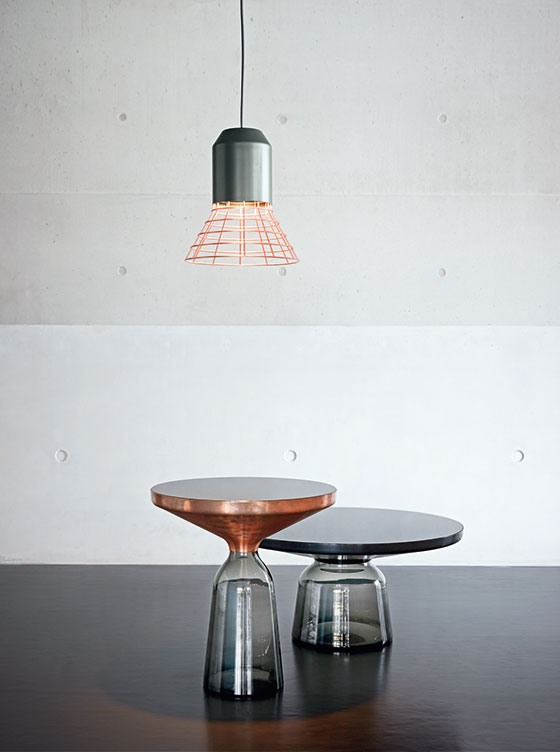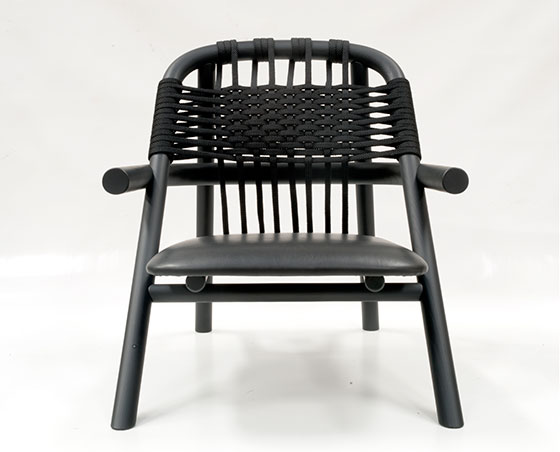Material Tendencies: Sebastian Herkner
Texte par Anita Hackethal
Berlin, Allemagne
21.09.15
The young German designer’s extraordinary feel for material and colour combinations allows him to bring out the value and character of different materials. In doing so, he marries - often in collaboration with traditional manufacturers – classic handcraft with modern production techniques.
Sebastian Herkner - Photo © Architonic / Anita Hackethal
Architonic spoke with Sebastian Herkner about materials and their colours.
If you had to restrict yourself to a single material for the next three years, which material would you choose?
Sebastian Herkner: 'I would probably opt for glass. I like traditional, high-quality materials and glass is just super-exciting and highly versatile. I’ve done numerous projects with glass, and am now quite well acquainted with the material. I enjoy working with small manufacturing firms and have learned a great deal from their traditions and handcrafting know-how. Glass is certainly not easy to produce – one needs years of experience. The process itself is fascinating and I’m attracted by the wide range of processing techniques. Glass can be cast, blown or pressed. It’s relatively easy to produce a mould and achieve a result rather quickly, depending on how long it takes to cool. And there are always surprises as well. Glass has an almost mysterious character of its very own.'
What role does the material play in your design process?
'We often start with the material and its colour – I think that’s very important when it comes to selecting a material. In many cases, a firm will bring a material for me to work with. But with companies that don’t produce themselves, like Pulpo or ClassiCon for example, one has greater freedom of choice and can usually suggest a specific material. But variety is generally the most fascinating aspect. I don’t want to confine myself to making only chairs, for example. One can learn a lot by experimenting with different materials and it’s ultimately the combination that makes things interesting. Many of my products are characterised by a particular combination of materials. That has become a kind of signature. Every material has its own depth of colour or coloration, and they all have to work in harmony with one another, but that actually happens in the course of the process.'
Do you recognise trends in the selection of materials?
'Yes, I think so. The metal trend started with Tom Dixon. Brass was quite popular. One sees it everywhere today. Then came glass, followed by marble – all of the traditional materials. My years as student coincided with the plastics era and the dominance of transparent plastic. That appears to be pretty much over now. I actually bought one of those products back then, and was very disappointed to see how quickly it was scratched up. I think a material has to age in a positive way and I see that as a very strong trend at the moment. Colour is very important to me when it comes to materials. Metals can oxidise and change their colour, just as wood can bleach out or grow darker. That makes the process of experimenting with special surface treatments very exciting. You can experiment much better with traditional materials than with plastic, for example.'
'I also think that a lamp, for example, should be made of glass, because glass gives it a different weight, a different temperature and a different shade of light and other reflections.'
What do you see as the next trend?
'This has been a big year for Memphis, as indicated by the frequent use of terrazzo and stones. And of course people are looking as well for innovative materials in the hope of making products lighter by processing metals and plastics in different ways. I hope and trust that producers will continue to rely on traditional craftsmanship. Many firms no longer produce in their own countries, but choose instead to shift production to Eastern Europe or Asia in order to cut costs. We face an increasingly acute risk that the traditions, and along with them the entire body of handcrafting know-how and even whole businesses, will die out. It is really important for me to know where and how things are produced. That implies a certain degree of social sustainability. In my view, every designer should be aware of that responsibility and companies should recognise a moral obligation to support local producers. We are currently working on a ceramics project for a tiled stove. There’s a factory in the Bavarian forest – probably one of the last in Western Europe – that still makes tiled stoves.'
You were chosen as guest of honour for the next imm cologne project – ‘Das Haus – Interiors on Stage’. Which materials will define your living space?
'It’s going to be round with lots of textiles – a whole pile of fabric! I think textiles are fascinating and a general theme in their own right. I want above all to demonstrate openness and transparency with the house, and that’s why I’m choosing textiles. You can look inside and it’s all accessible to everyone. We’ve developed new decorative fabrics in collaboration with Nya Nordiska. There will also be a PVC web curtain, a transparent, flat curtain in a shade of yellow. I wanted something truly transparent, which is virtually impossible to get with fabrics. One always sees a structure. The house is round with passages on different levels – like the layers of an onion. The main theme is the slightly transparent shell. But there will also be carpets, new lamps, a new chair and a new bed… and a project featuring soap in the bathroom in cooperation with the last remaining soap factory in Offenbach, which is right next to our studio.'
Das Haus – Interiors on Stage for imm cologne 2016 (Sebastian Herkner with the model) - Photo: Lutz Sternstein, courtesy of imm cologne

Das Haus – Interiors on Stage for imm cologne 2016 (Sebastian Herkner with the model) - Photo: Lutz Sternstein, courtesy of imm cologne
×....
Look out for more Material Tendencies reports. We’ve captured insights from renowned designers and we’re delighted to be able to share them with you in the forthcoming weeks, as part of our ongoing Architonic Trend Analysis series.
....
